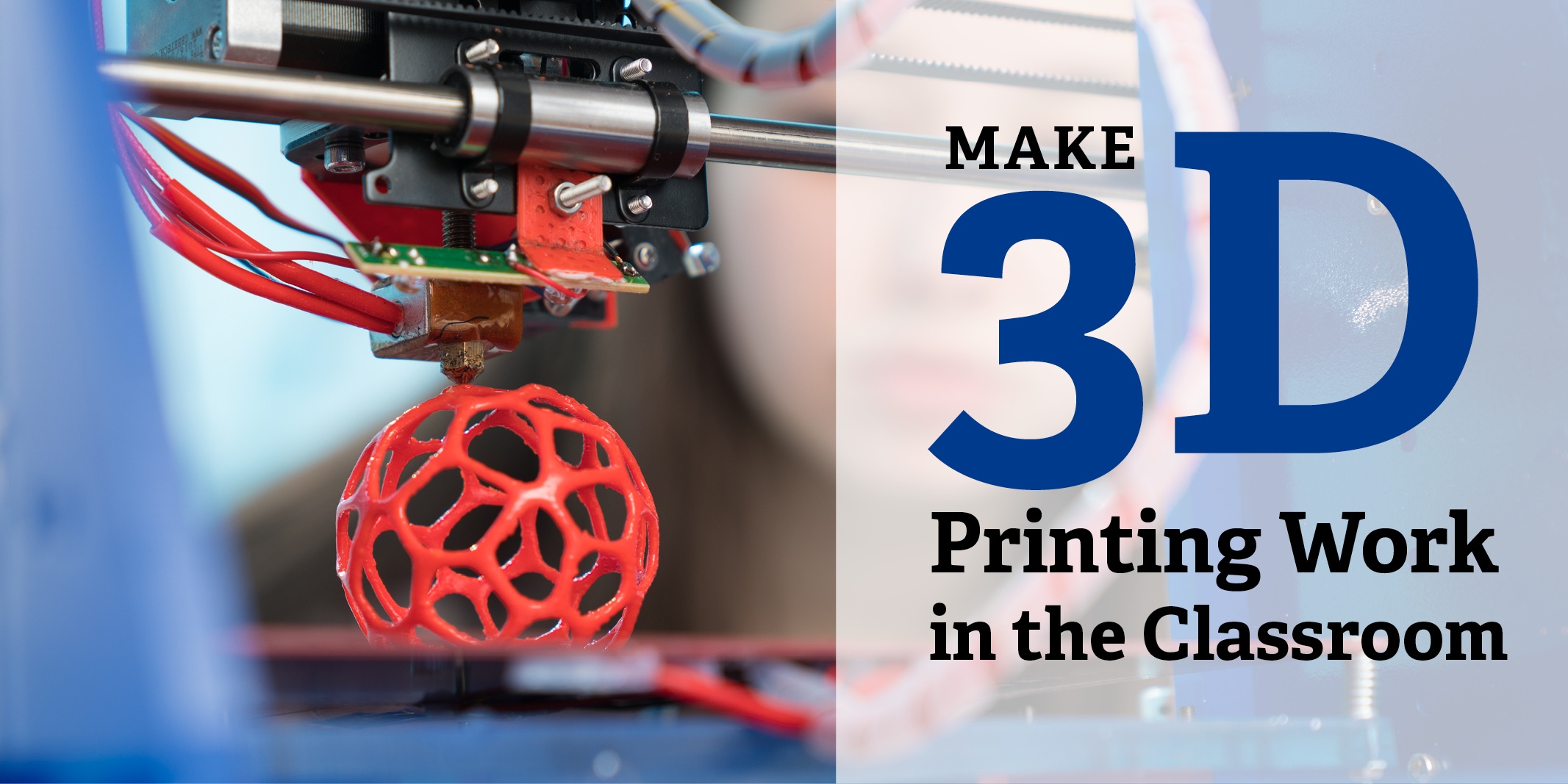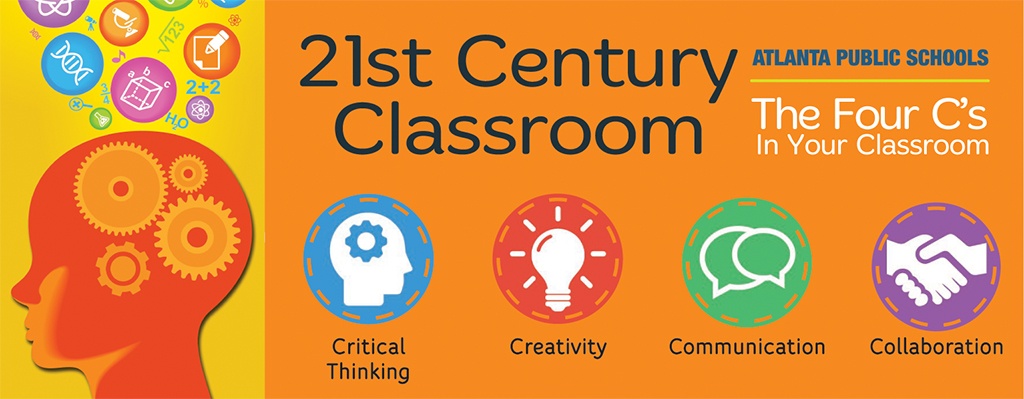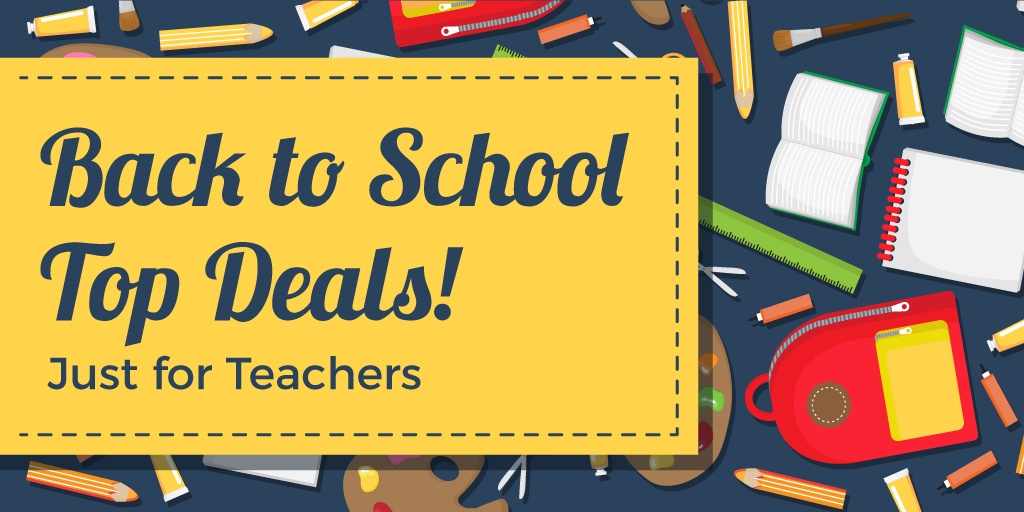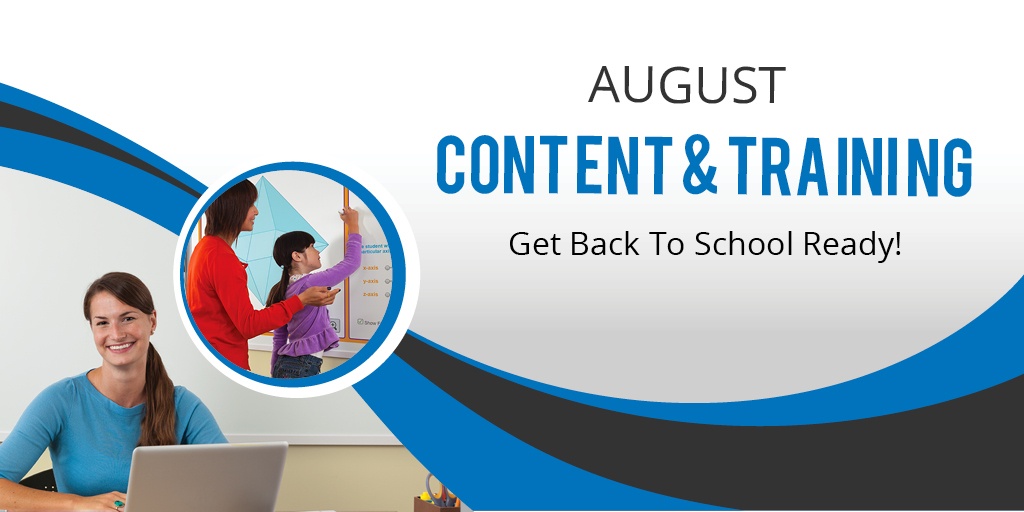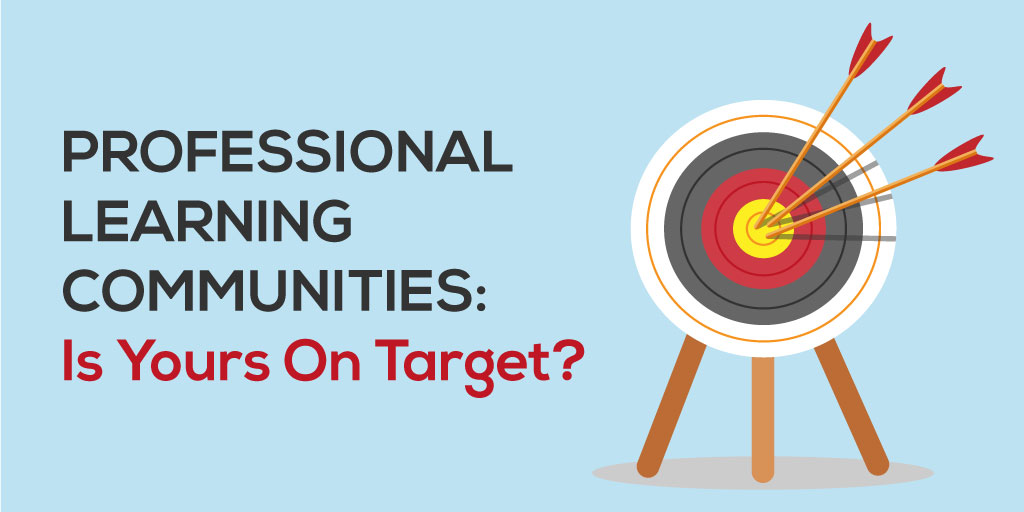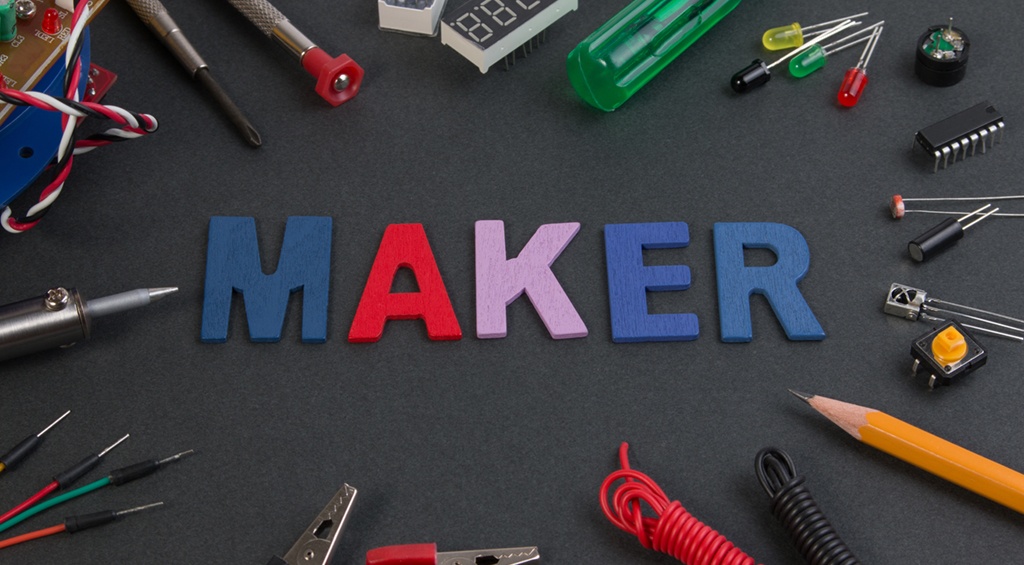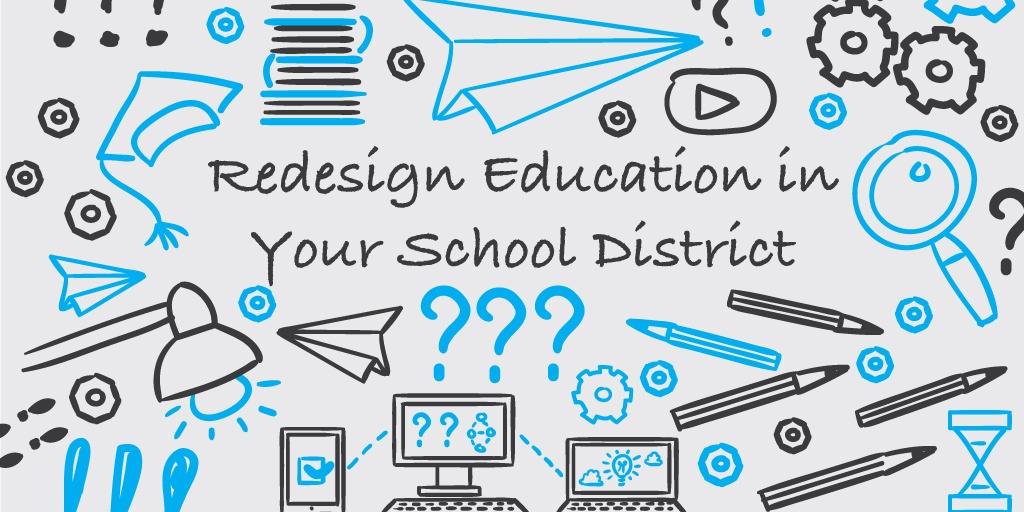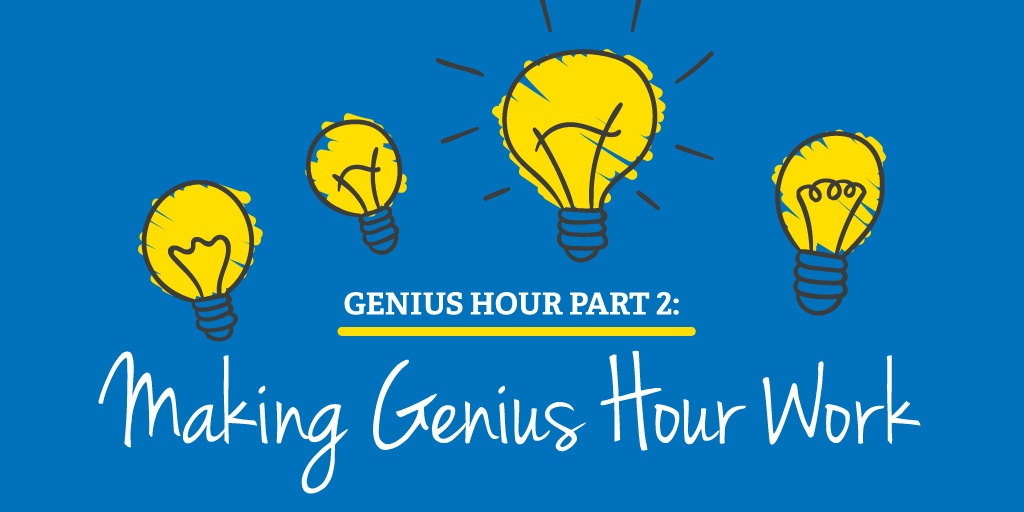With the current trends of makerspaces and technology-rich classrooms being so popular, many teachers are looking to further engage students with 3D printers. This technology is cool and innovative, but teachers may have questions about how it will actually work in the classroom.
Atlanta Public Schools: 21st Century Classroom Transformation
For years, Atlanta Public Schools used traditional whiteboards and Promethean boards to lecture students. “It wasn’t interactive or engaging at all,” says Aleigha Henderson-Rosser, Executive Director Instructional Technology. “It was no different than projecting onto a chalkboard.”
APS was ready for a change. In 2015, they began their quest for an effective 21st century classroom. After an extensive search involving participants from both technology and instruction, APS selected Boxlight’s interactive classroom as the foundational learning platform for middle and high school classrooms district-wide.
Summer break is flying by and school will be starting again before you know it! Teachers have enough to think about without worrying about spending too much on supplies for the new year. Before you restock your classroom (or your wardrobe!), check out these fantastic deals for teachers:
Topics: tips for teachers
You wake up from a deep sleep and take a look at the clock. Terrified, you quickly realize you’ve overslept—and it’s the first day of school! You quickly get ready, then out the door you go to get to school as quickly as possible.
Once you’ve arrived, the realization that you aren’t ready for the first day of school hits. You have a class full of students waiting to meet their new teacher. It turns out that all the things you had prepared for your students don’t match up with the students you actually have in your class. You then realize that you don’t have lesson plans ready, nor do you have copies of activities ready to hand to students for a beginning of school activity. Overall, the first day so far has been a disaster and you are not prepared.
Topics: tips for teachers
Professional Learning Communities: Is Yours on Target?
Archery is a unique and popular sport in our school district. We have high numbers of students who participate in archery every year at both the state and national level. Archery has a lot of similarities to professional learning communities (PLCs)—stick with me and I think you will see the connection.
There is a clear target that we are aiming for. We have tools in our hands that can help us to hit the target. Some tools are better than others, but a gifted artisan can do a great deal with any tools they handle. Small adjustments at the start of the process yield major impacts (both good and bad) when the target is reached (or missed). What that means is a tiny adjustment to an arrow or bow when shooting causes a big change in the outcome. Getting the arrow started in the right direction makes a huge difference in the success of the shot.
Topics: Administrator Resources, tips for teachers
I Think I Can: How Teachers’ Beliefs Impact Student Learning
This article could be very short. What makes teachers effective? One simple, truthful answer: Teachers believing that they can be effective.
It isn’t that easy—is it? In some ways, it is. A teacher’s belief in their own efficacy is the starting point for many things that follow: high expectations, connecting with all students, working hard, and collaborating as a professional. If we don’t believe that our work will actually make an impact, then many of these are a waste of time.
Topics: tips for teachers
Creating a makerspace in a school or classroom is a great idea for many reasons. In a well-run makerspace, engagement is high, critical thinking is taking place, and collaborative problem solving is occurring among students. What’s not to like?
But the prospect of getting a makerspace off the ground can be overwhelming. We are in the process of launching one in our school next year and have learned a few things along the way.
Topics: The Maker Movement, tips for teachers
When I first became a teacher, I had no idea what a perk my profession would turn out to be once I became a mom. I went into teaching because I love children and couldn’t wait to educate them, but once I had children of my own, I was able to be at home with them since we share all the same breaks. Coincidentally, I am married to a fellow educator, so we have all enjoyed special family time together over the years. We decided to make these moments even more special by creating a goal of taking our daughters to all 50 states—and that’s just what we did.
Topics: tips for teachers
I feel fortunate to work in a state that has a very compelling vision for education. In Kansas, our commissioner has articulated exactly what we are to do every day in our classrooms, our schools, and our districts: Produce students who can be successful.
Following No Child Left Behind, this vision feels very different and much broader. A few years ago, we were tasked with simply producing students who could pass reading and math assessments at the state level. That was it. That was all that “mattered” for accreditation and evaluating our effectiveness. As educators, we know that these test scores did not correlate with success—but it wasn't up to us.
All of that changed with the ESSA act a few years ago. More local control was given back to the states, and accreditation didn’t come solely from an individual test on a given day. Teachers began to focus again on all the factors that impact a student being successful instead of just math and reading.
Topics: Administrator Resources
In the first article on Genius Hour, we provided an overview of the philosophy behind genius hour and why teachers should consider trying out the concept. We also gave some considerations for getting started—things like how to schedule the time, the standards to support the learning, and the comfort level with putting it all together.
If a teacher is ready to pull the trigger, what happens next? It is hard to know where to start or what to do. Should I dabble in it or go full steam ahead? Should I start the year with it or wait a few weeks to get routines down? How am I going to grade this—or should I even grade it at all?
Topics: Administrator Resources, tips for teachers

